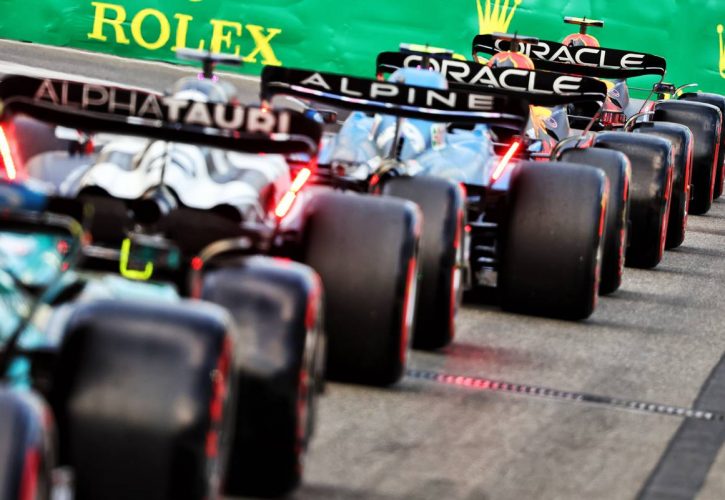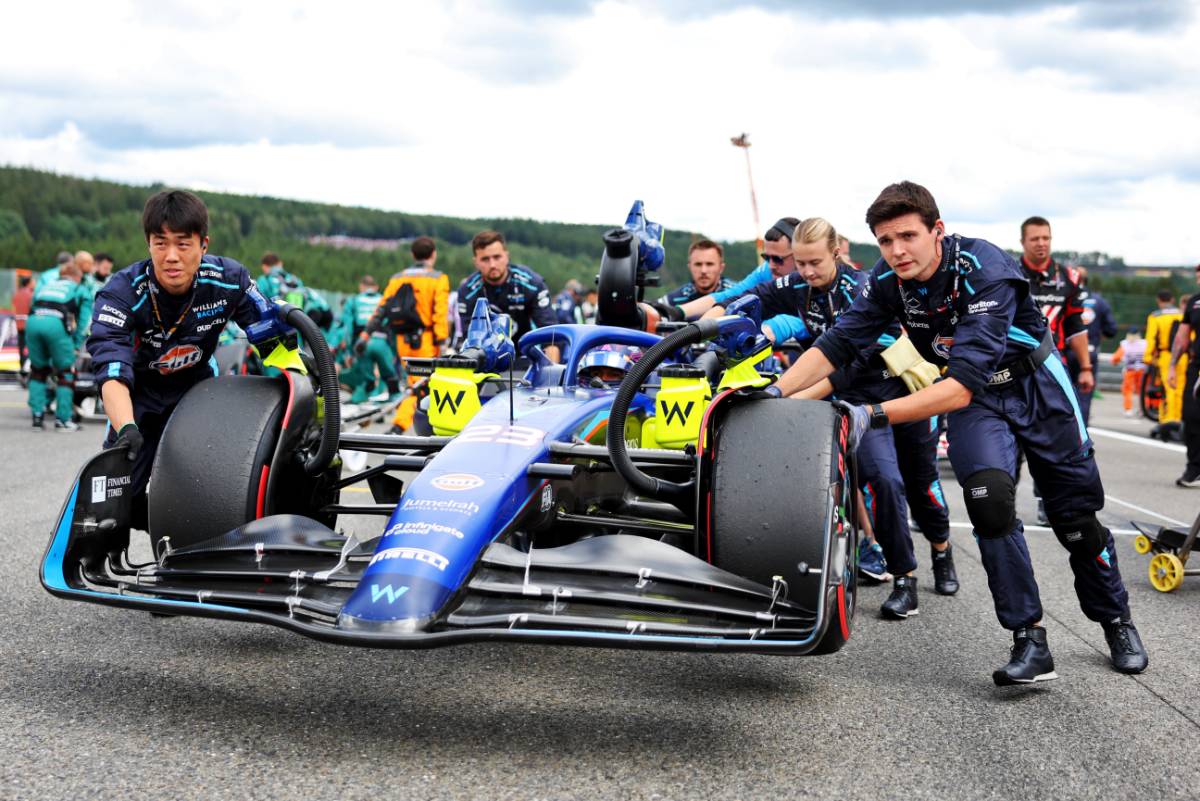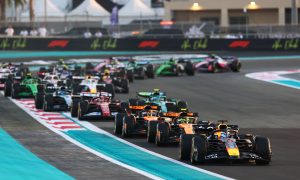
Formula 1 has introduced changes to its cost cap regulations that should benefit the sport’s smaller teams and create a more competitive landscape.
One of the main challenges for smaller teams has been their ability to invest in facilities, which has put them at a disadvantage compared to the larger teams.
Under the previous rules, teams like Williams were limited to spending around $6 million per year on capital expenditure. But this restricted their ability to invest in new facilities and machinery, which made it difficult for them to close the gap to the top teams.
The new changes to the cost cap address this issue by increasing the amount of money that smaller teams can spend on capital expenditure.
This will give effectively them the opportunity to invest in new facilities and machinery, which will help them to become more competitive.
In a bid to reach a consensus among its competitors, Formula 1 has assigned a specific allowance level to each tier, thus splitting the field into three divisions.
The top three teams - Red Bull, Mercedes and Ferrari - now have a capital expenditure limit of $51 million, an increase of $6 million from the original plan.
Reportedly, the FIA didn't want to give the big teams any extra allowance, but the increase was necessary to account for inflation.
F1’s second tier includes McLaren, Alpine and Aston Martin for which the cost cap has increased by $13m to $58m.
Finally, the four teams in the bottom tier - AlphaTauri, Alfa Romeo/Sauber, Haas and Williams – have received a $20m allowance that boosts their spending limit to $65m.

Williams boss James Vowles pushed hard over the summer for an extra spending allowance to be awarded to F1’s lower-ranked outfits, and was grateful for the agreement to have been accepted.
"Some good news, from my perspective, anyway," he said. "Good work with all the teams has meant that we've managed to unlock an exemption in our favour of $20m or so. So there was agreement and good discussions taking place since February.
"We have CapEx to spend now, not perhaps the $100m I was looking for, but a good step in the right direction.
"We have an agreement on the table after six months that is sloped, so teams at the front will not get as much as teams at the back. We all benefit more, which is in line to a certain extent with the facilities."
Keep up to date with all the F1 news via Facebook and Twitter





